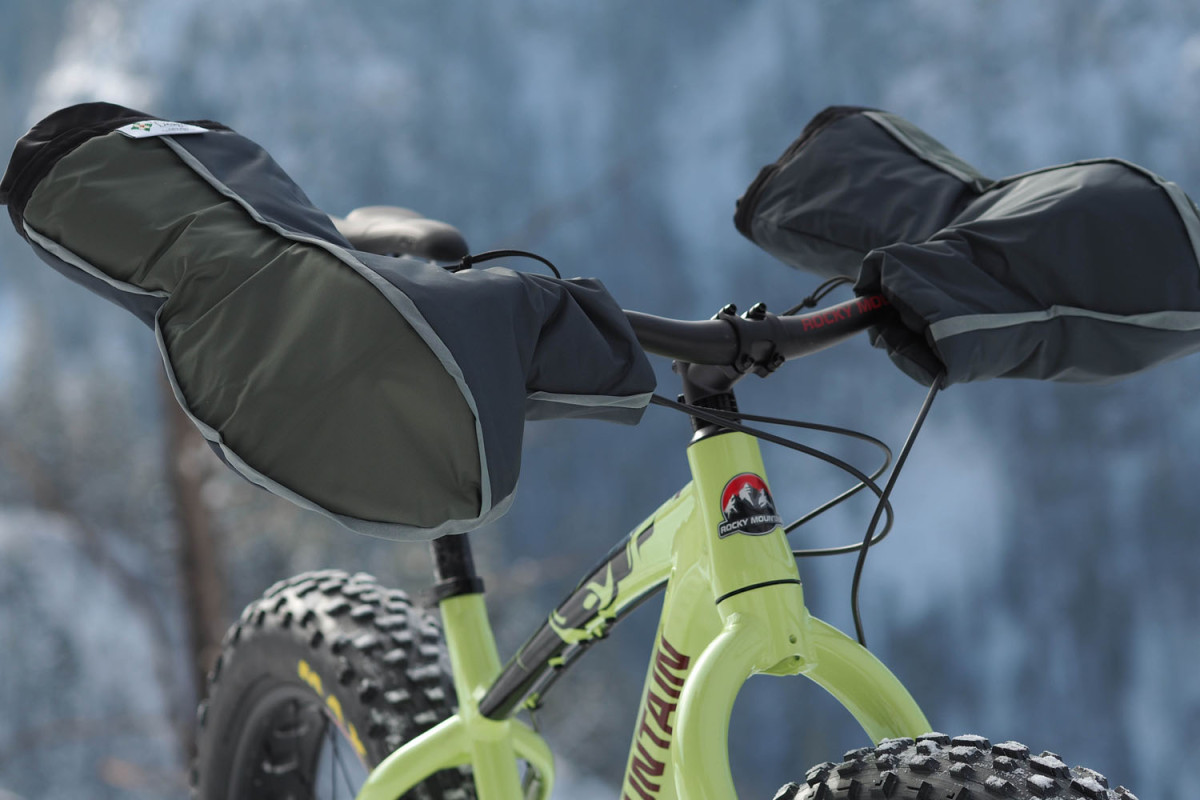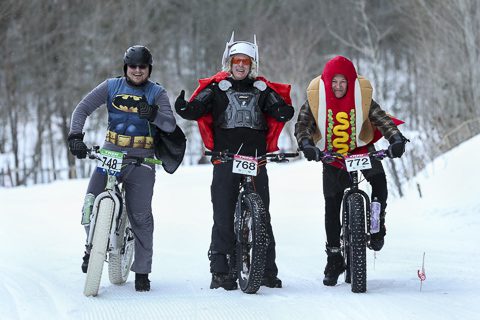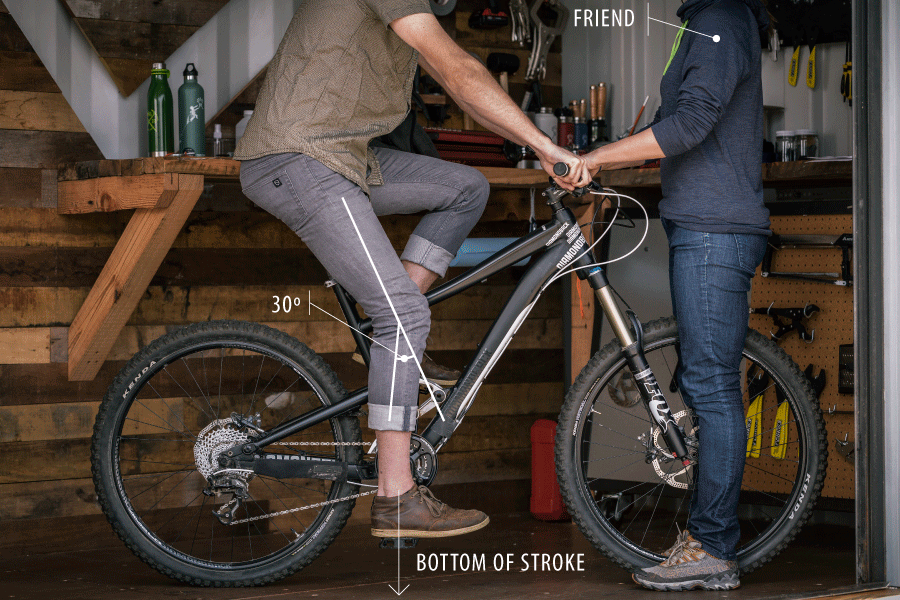Stop – if you read nothing else: RVC Membership registration for 2022 is now open! Join RVC!

We had a great annual general meeting this week. It felt good to have some face-to-face engagement about riding and trails and Grimross Brewing Co. taproom is always welcoming!
We know that not everyone felt ready to pile into a bar and get shoulder-to-shoulder. For those of you who couldn’t be there we put together a summary of what to expect from the club this year.
Priority #1: Singletrack Trails. Obviously.
- Woolastook – so that money we came into from the Canada Community-Building Fund… we’re making big plans with it. We’ve hired McElhanney trail consultants’ master trail builder (and local legend) Matt Hadley to produce a master plan for the park that will guide our project. We’re envisioning 15km of stacked loop trails that improve rideability, wayfinding, flow, and reduce motorized vehicle conflict in the front country. In the backcountry we envision a climber and flow descent from the lookout with a few advanced side options. There will be trail for all riding levels in this plan. We aim to start building this year.
- MVP – this year the parking lot will see some water management work so that Winterbike 2023 hopefully has to contend with less of a glacier. We also plan to give some love to Slash n’ Berm in the Flight Deck area.
- Odell – over the past 12 months RVC has collaborated with the City of Fredericton in mapping out how the Odell Park Master Plan will be implemented. We have some projects lined up for this year and we’re working out the details with city staff on how they can happen. We aim to have mountain biking completely authorized with RVC viewed as a partner in sustainable trail management.

Priority #2 – Skills Development
- Beginner rides – we’ll host a spring “Getting Ready” ride series that leaves nobody behind. Join us to build some lung capacity for the climbs and learn how to handle a mountain bike. If you’ve just found this sport and want to make some connections this ride is for you! We’ll post helpful tips on our blog and social accounts over the spring.
- Technical Ride ‘n Learn – as the trails dry out and our progressive descent trails open up we’ll host a ride n’ learn series for solid intermediate riders who want to get comfortable with the type of Technical Trail Features that are throughout trails like Monkey Business.

Events
- New Penniac Race – we’re supporting a few riders who have an interesting idea about a friendly race format that will combine running and riding on July 10th. Mark your calendar.
- Woolastook 4 – we’ll be back on Aug. 28th with our annual Woolatook 4 hour endurance race. Expect some new twists in the course this year.

Elections
The annual election occurred and our slate of executives were acclaimed for the 2022 year. RVC welcomes Heather Ongo to the team!
- President – Chris Norfolk
- Vice-President – Mike Hutchinson
- Treasurer – Ian Groen
- Secretary – Norm Siebrasse
- Trails Director – Bev Bunker
- Sponsorships Director – Melissa Bordage
- Director of Risk Management – Chris Furlotte
- Director at Large – Adam Hadley
- Skills Development Director – Heather Ongo
Now – if you like what we have in mind for the year we need your support!













